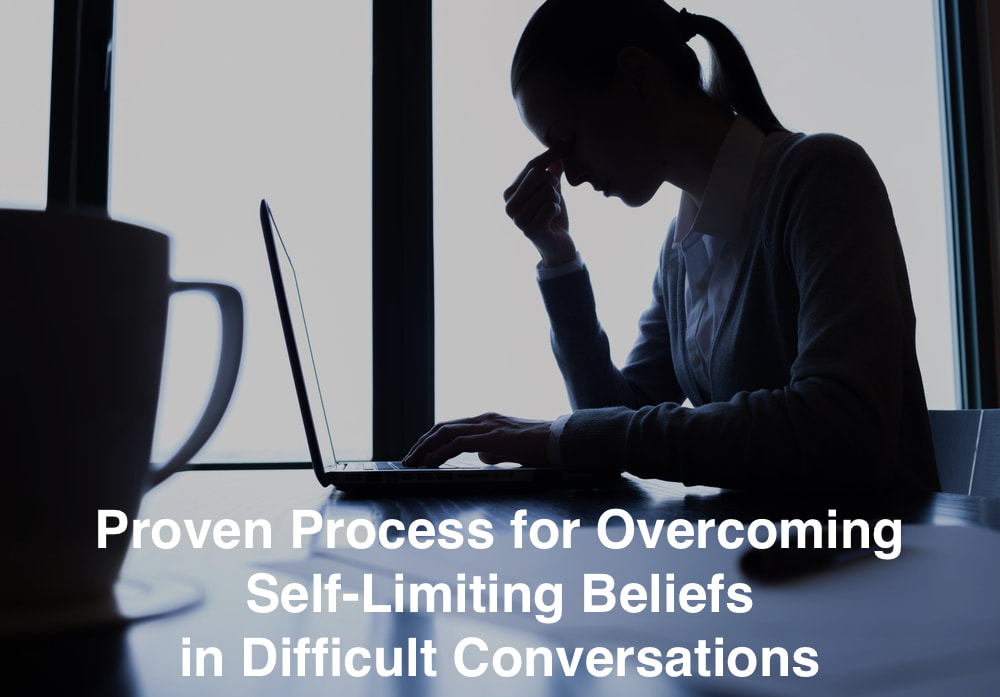Proven Process for Overcoming Self-Limiting Beliefs in Difficult Conversation Have you ever been extremely determined to speak with someone about something upsetting you but slowly “chickened out” or found yourself coming up with a thousand reasons why not to say anything? It may sound like: “I don’t want to hurt their feelings”, “They got really angry and yelled at me last time”, or “You won’t be able to be professional in your delivery. You will probably cry”.
The Learning Laboratory That little voice inside you is simply the fear center of your brain holding onto old beliefs that no longer serve you. It is time to learn to overcome those fears, be bold, be courageous and discover that difficult conversations are nothing more than simple dialogues designed to build relationships, develop trust and grow with one another. As you begin to approach taking action on your difficult conversation, you may find that your thoughts, feelings, opinions, beliefs, attitudes, memories, body sensations and points of view are in the way of moving ahead. And, we must know that this is completely normal. All of us go through the same self-limiting conversations, recall of harmful experiences and plethora of negative assumptions. That is why Step 2: Getting the Schmutz Out of the Way is all about overcoming these internal obstacles to set ourselves up for a successful, growth-producing conversation. Coaching Tips We begin with a simple exercise aimed at uncovering these opinions, thoughts and beliefs that are getting in the way of seeing something clearly.
0 Comments
Leave a Reply. |
Details
Archives
June 2020
Categories |

 RSS Feed
RSS Feed
